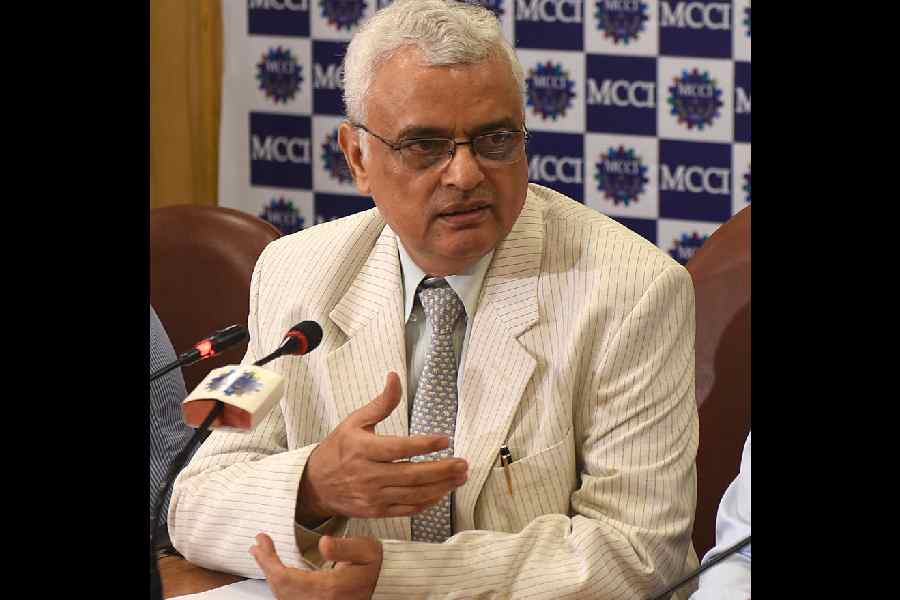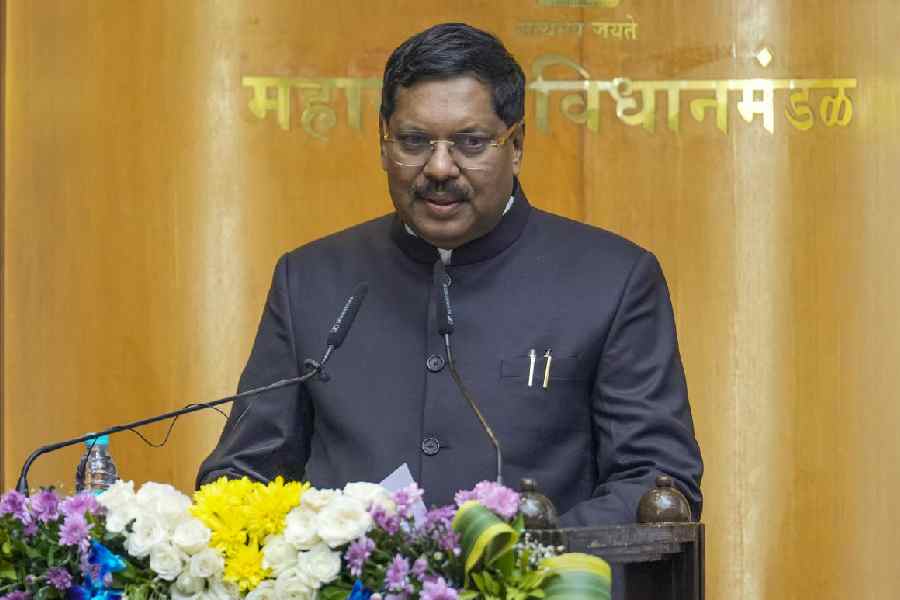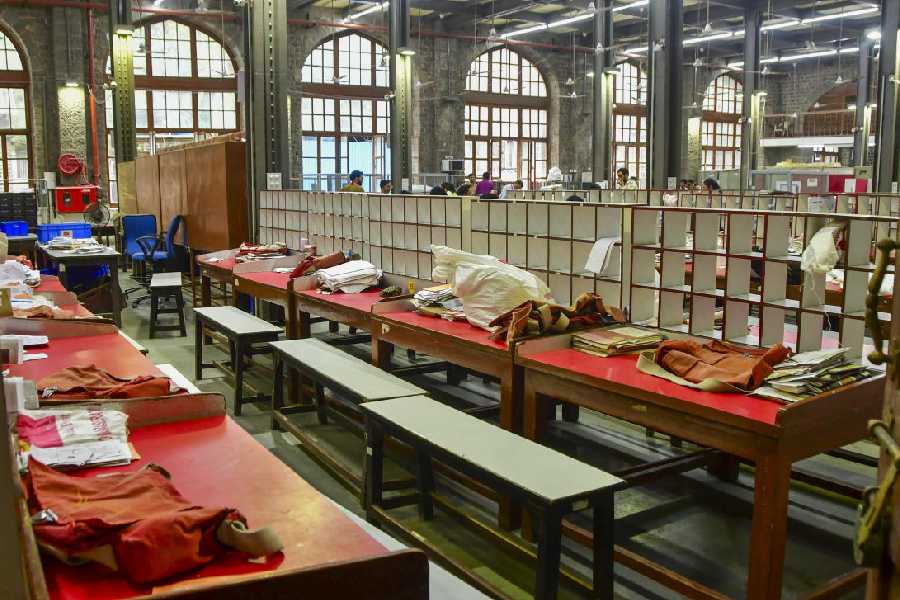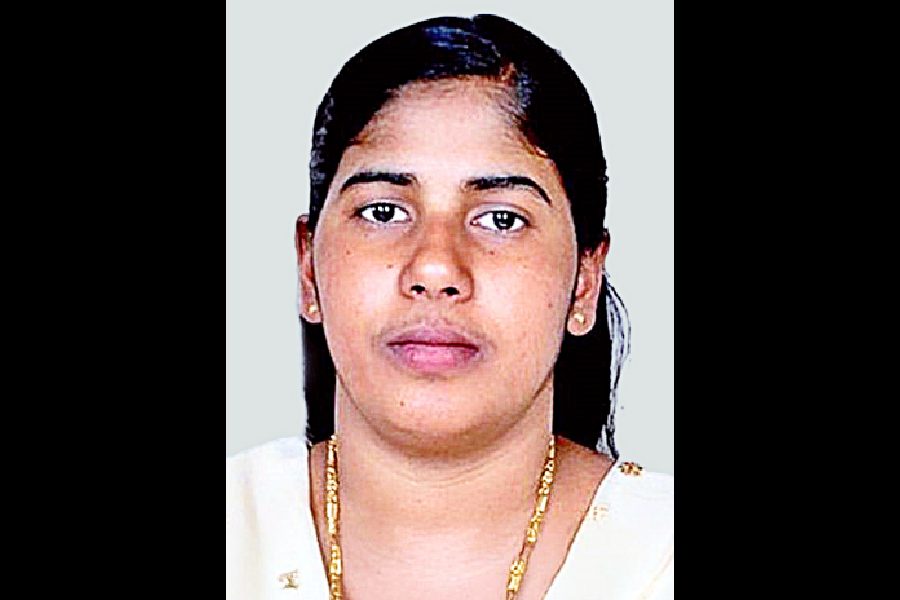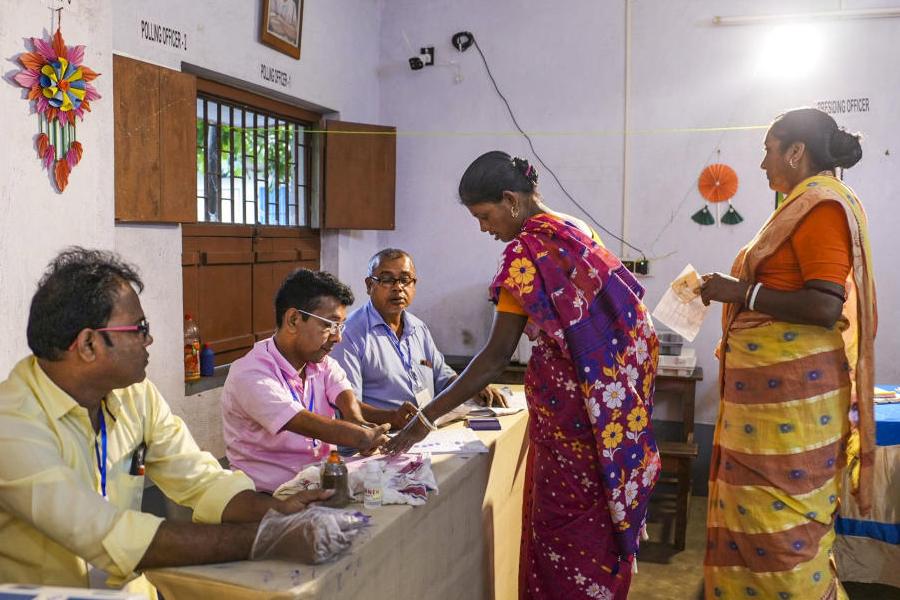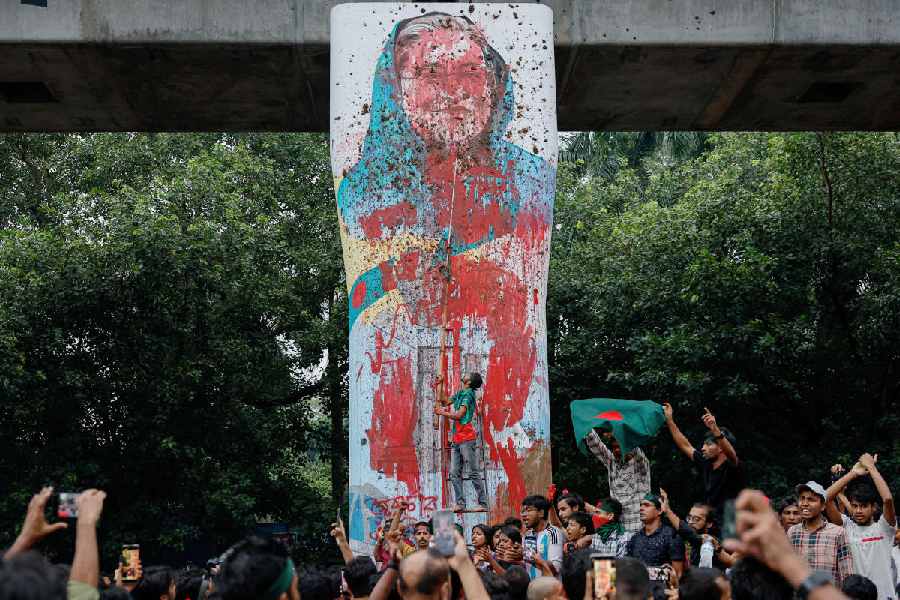 |
t2 puts director Anjan Das under the spotlight about Banshiwala
The pace of the film is very slow…
Yes, because I wanted to follow a mellifluous narrative. I had nothing much to say in the film. There are no twists and turns in the story. Banshiwala is about how Mridul gets emotionally attached to the house that he is determined to sell. I chose this story because I wanted to test myself as a director. I wanted to see if I could tell a simple story simply. I could have made my characters speak faster... if you have noticed, all the characters talk after a lot of thought in the film. I have used a lot of trolley and slow-mo shots. Banshiwala is a kind of an experiment for me.
But long pauses make it a little tiresome for the viewer…
I have used a lot of silence in the film. There aren’t too many characters in the film and I feel that silence helps build a sequence cinematically or understand the mind of the character. Banshiwala is the first script that I wrote myself. All my earlier films were written by other people. I wrote Banshiwala because I wanted to have silent moments in the film.
Don’t you think the Shayan-Paoli track could have been developed?
I wanted to keep it that way. Had the romance lingered on, the film would have become boring. If I’m not wrong, there were a few more scenes involving the two but those were edited out.
The lip-lock scene has been shot very aesthetically. How did you make it so spontaneous?
(Laughs) See, for scenes such as these you need the co-operation of your actors. The kiss scene was okayed after eight shots. Paoli and Shayan are extremely professional actors but they took a little time to get comfortable with each other. Sometimes Paoli would start laughing while kissing, sometimes it would be Shayan. It took us two days to shoot that scene.
There are too many dream sequences...
The first dream sequence, where I show some women, out of focus, draped in red-bordered saris walking past Mridul is exactly the same dream I had when I visited my Bangladesh home 20 years after I left the country. It means that the once familiar faces are now blurred in Mridul’s memory. The feeling of being uprooted is what the scene depicts. Perhaps all the dream sequences won’t be clear to the audience but then in cinema I can’t say everything in a clear-cut way. The sequence where Shayan is sitting at the ghat playing the flute is not exactly a dream sequence. It’s an illusion. The realisation that he doesn’t want to sell his ancestral house dawns on him. So I made the scene surrealistic, instead of real. That’s why I have shown Paoli walking though the door. It’s visually interesting.
Soumitra Chatterjee’s role is really insignificant…
Yes, he had very few scenes. My problem was who to cast in that role (of Indrani’s father). I had only Soumitrada in my mind and since I insisted he agreed to be do the film. I shot for only four-five days with him.
 |
Banshiwala
Directed by: Anjan Das
Starring: Shayan Munshi, Paoli Dam, Indrani Halder, Koushik Sen, Soumitra Chatterjee
Jara Brishtite Bhijechhilo maker Anjan Das has turned the wafer-thin plot of a Shirshendu Mukhopadhyay story into an interplay of dream and reality spanning an hour-and-a-half.
London-based Mridul (Shayan) returns to his sprawling ancestral home in Bengal with the plan to sell it. But there’s a change of heart as Mridul starts bonding with childhood friend Nipa (Paoli) over long walks and playing the flute under tall trees in Santiniketan. He also cracks the mystery surrounding his next-door neighbour Lakkhi (Indrani) and her son. There’s the subdued romance between the lonely Lakkhi and her silent admirer, played by Koushik, for a subplot. Das weaves a series of dream sequences with the real-time narrative to capture Mridul’s inner journey.
Shayan is competent as the slightly confused Mridul who slowly resolves some disturbing issues from the past. Paoli, Indrani and Koushik, too, turn in arresting performances. Only Soumitra has very little to do as Lakkhi’s father.
Jyotishka Dasgupta’s music is soothing to the ear, especially the Baul track, Moner manush, which stays with you even after you’ve left the hall.


